After deluge, smog looms over Punjab
Air quality of Lahore, Faisalabad, Gujranwala deteriorates
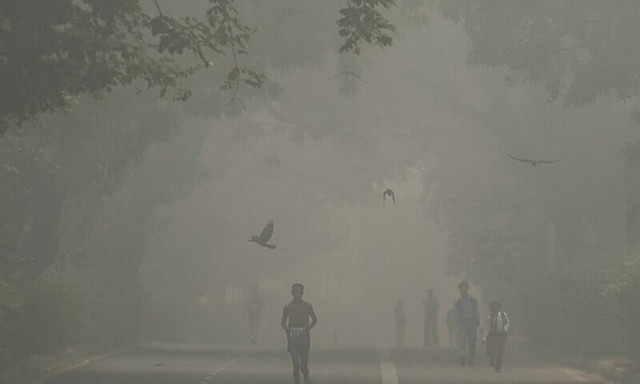
As the city heads toward the peak smog season, real-time monitors already show an Air Quality Index (AQI) reading of around 170, placing Lahore in the 'unhealthy'category.
Similar readings, between 160 and 180, are being recorded in Faisalabad, Gujranwala, and other major Punjab cities, signalling province-wide deterioration of air quality well before the typical winter smog season.
According to the latest data from international and local sensors, Lahore's fine particulate matter (PM2.5) levels are several times higher than the World Health Organisation safety limits. AccuWeather and IQAir both warn that the city's air is dangerous for sensitive groups such as children, elderly and those with asthma or heart diseases.
Meteorologists report that cooler nights, light wind and temperature inversions are trapping pollutants close to the ground, a pattern that usually intensifies as October approaches.
The Punjab government recently activated 38 new air-quality monitoring stations and launched a high-tech forecasting system that issues early warnings and daily health advisories. Inspectors are cracking down on stubble burning, issuing dozens of notices and filing FIRs in the past week against violators after the rice harvest. Officials are also targeting high-emission brick kilns, industrial plants, and diesel generators, all of which contribute heavily to fine-particle pollution.
Health experts caution that the early season pollution levels can aggravate respiratory illnesses, reduce lung function, and raise cardiovascular risks.
Doctors recommend limiting outdoor exercise, using certified masks and keeping indoor clean with filtration or purifiers.
Hospitals across Lahore have already reported an increase in patients complaining of breathing difficulties and asthma.
Environmental specialists warn that this year's smog is likely to be harsher than in recent years.
The Punjab's Environment Protection Department warned that a combination of crop residue burning, heavy vehicle and industrial emissions could drive the AQI levels to the "very unhealthy" or even hazardous range during late October and November if the weather conditions remain the same.
Forecasters say only prolonged rainfall or strong winds would bring significant relief but current climate patterns show no guarantee of sustained cleansing rains.
To counter the threat, the provincial Smog Mitigation Action Plan calls for accelerated adoption of electric buses, strict vehicle emission testing, conversion of brick kilns to cleaner technology, and tighter enforcement against waste burning.
International partners, including the World Bank, are supporting the initiatives but officials emphasise that lasting improvement depends on consistent implementation and public cooperation.
Residents have been urged to monitor daily air quality updates, avoid unnecessary outdoor exposure, especially during early morning and evening hours when pollutants concentrate, and support community efforts to reduce emissions.
Experts warn that without strong compliance and a shift to cleaner energy, the province may face one of its most severe smog seasons in a decade.
However, Punjab EPD Public Relations Official Said Bashir said the preparations and action taken by the government and the department to counter smog would be helpful to handle the situation.
He said historic steps had been taken during the whole year to reduce the risk of smog.



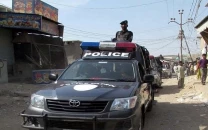






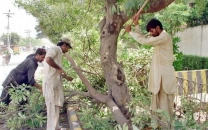
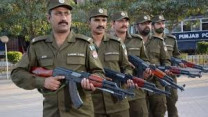
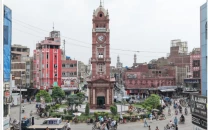

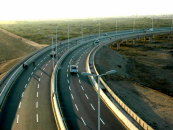










COMMENTS (1)
Comments are moderated and generally will be posted if they are on-topic and not abusive.
For more information, please see our Comments FAQ